Toothpaste is known for keeping your teeth clean and breathing fresh, but did you know it can be used to clean many other things around your house? The gritty texture and cleaning agents in toothpaste make it surprisingly effective for tackling stains, shine, and smells on a variety of surfaces.
Here are 10+ different things you can clean with toothpaste:
Jewelry
Toothpaste is mildly abrasive, which makes it great for cleaning jewelry. The abrasives in toothpaste will remove tarnish and restore shine to your precious metals.
- For silver, gently rub a dollop of regular toothpaste onto the metal using a soft cloth. Rinse thoroughly and buff dry. The abrasives in the toothpaste will help lift tarnish off silver jewelry and make it look brand new again. Focus on tarnished areas and rub the toothpaste around for 30-60 seconds before rinsing.
- For gold, mix a paste of 3 parts baking soda to 1 part toothpaste. The baking soda helps give it some extra cleaning power. Apply it to gold jewelry with a soft bristled toothbrush, then rinse and buff dry. Use an old toothbrush you can dedicate to jewelry cleaning. Let the paste sit for 2-3 minutes before scrubbing to allow the ingredients to work.
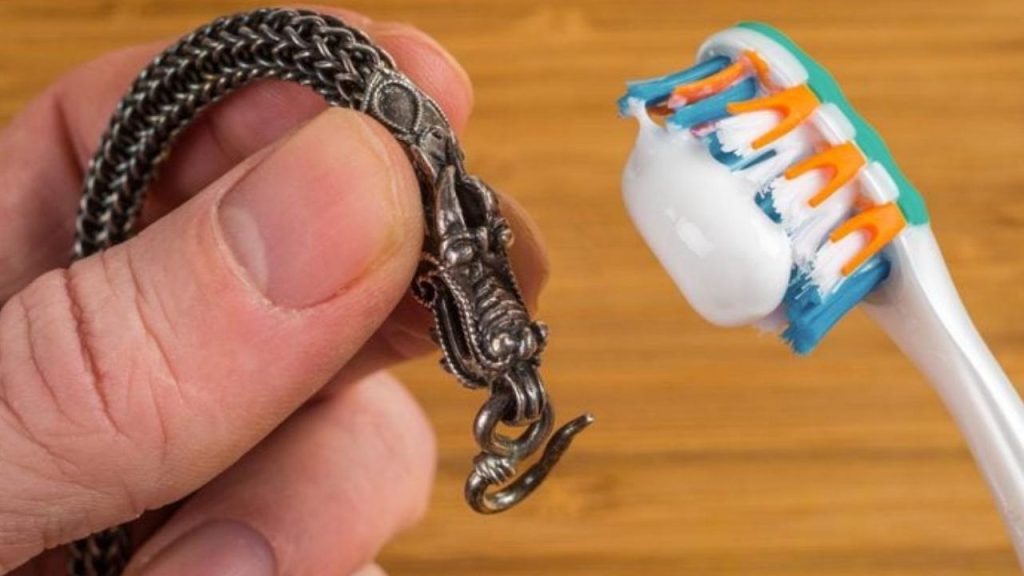
Leather
Over time, leather can fade, crack, or become stained. Toothpaste can recondition and clean leather surfaces.
- For general cleaning, rub a small amount of toothpaste into leather using circular motions. Wipe off with a damp cloth. Focus on areas that are faded or dull looking. The toothpaste will help moisturize and brighten the leather.
- For scuff marks, dab toothpaste on the spot and let it sit for 5 minutes before wiping off. The toothpaste helps lift scuff marks off smooth leather. Rinse the area with water afterwards to remove any toothpaste residue. Test toothpaste on an inconspicuous spot first.
Piano Keys
The ivory piano keys can become yellowed over time. The whitening properties in toothpaste make it ideal for brightening up those keys.
- Squeeze a small amount of toothpaste onto a soft cloth. Gently rub it onto the piano keys in a circular motion. Add a little water to create more of a paste consistency if needed.
- Wipe keys clean with a dry cloth. Be careful not to get toothpaste stuck between the keys, which can affect the instrument’s performance. Q-tips help reach the narrow spaces between keys.
- For best results, let the toothpaste sit on each key for 2-3 minutes before wiping off. The longer it sits, the more stains it can lift.
Tile/Porcelain
Toothpaste can be used to remove stains, grime, and mildew from tile and porcelain surfaces like bathtubs, sinks, and toilets.
- Apply toothpaste directly to the stained area and let sit for 5 minutes. The toothpaste will help break down soap scum, hard water deposits, and mildew.
- Use a damp sponge or scrub brush to scrub the paste around. Apply some elbow grease to scrub off stubborn buildup. Let the toothpaste sit for longer if needed.
- Rinse thoroughly with warm water and dry with a clean cloth to prevent new mildew growth. It may take multiple applications to fully remove ingrained stains.
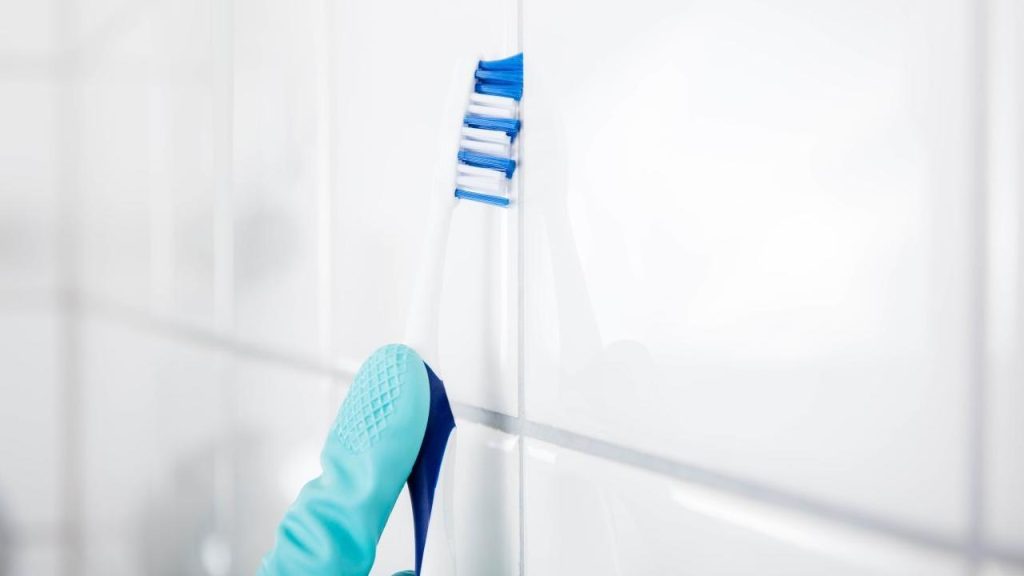
Car Headlights
Foggy, yellow headlights can be restored with good polishing from toothpaste. The abrasives will remove the top layer of gunk and plastic oxidation.
- Use a soft toothbrush or rag to apply a thick layer of toothpaste to the headlight covers. Make sure to cover the entire foggy area. Let it sit for 2-3 minutes.
- Rub the toothpaste around for 2-3 minutes, then rinse thoroughly. Do not let it dry on the headlights. The toothpaste needs to stay moist to remain effective.
- Repeat as needed for severely foggy headlights. It may take a few rounds of scrubbing and rinsing to fully clear up fogginess. But it sure beats paying for an expensive headlight restoration!
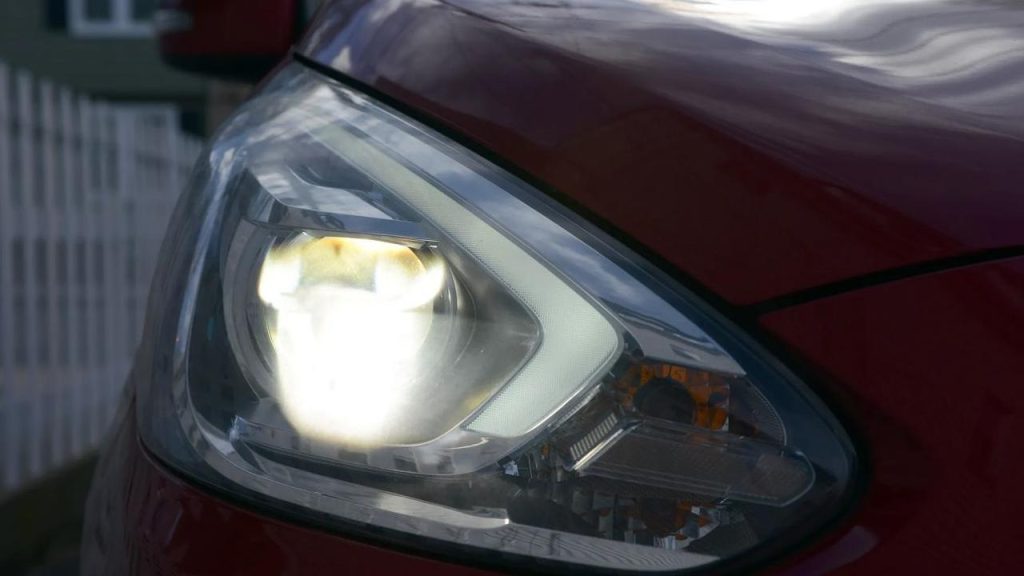
CDs/DVDs
Keep your CDs, DVDs, and Blu-ray discs clean by giving them an occasional toothpaste scrub. This removes dust, fingerprints, and other grime that can affect performance.
- Put a small dab of toothpaste onto a soft cloth. Gently rub it around the disc in straight lines from center to edge. No need to press too hard.
- Rinse the disc under warm water and dry thoroughly with a lint-free cloth before use. Water droplets can interfere with disc playback so dry fully.
- For tough stains, apply a bit more toothpaste and let it sit for 2-3 minutes before scrubbing and rinsing. Just don’t get toothpaste on the underside of discs.
Crayon Marks
Kids inevitably end up creating some crayon masterpieces on the walls. Luckily, toothpaste takes crayons off painted walls.
- Apply a small amount of toothpaste to a damp sponge. Gently rub the crayon marks to remove color. Scrub lightly to avoid damaging the paint.
- Rinse the wall with warm water and dry with a clean cloth. Change out the water frequently to prevent staining the wall from a different color.
- Avoid using toothpaste on wallpaper as it may damage the surface. Test first in an inconspicuous spot just to be safe.
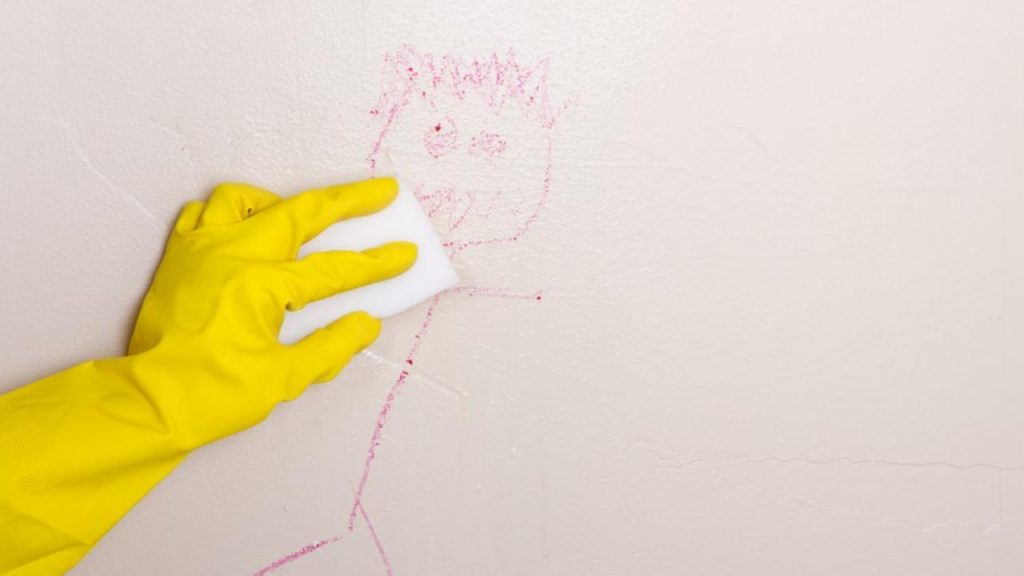
Refrigerators
The refrigerator is one appliance that can get pretty grimy. The minty freshness of toothpaste helps remove stains and odors.
- Squirt some toothpaste onto a damp sponge or soft cloth. Wipe down the interior of the fridge, shelves, and door. Pay extra attention to stinky areas like produce bins.
- For stubborn spots, let the toothpaste sit for 5 minutes before scrubbing. This allows the ingredients more time to break down the gunk.
- Rinse surfaces thoroughly before replacing food. Make sure no toothpaste residue remains since it is not meant to be ingested. Open windows to air out fridge before restocking.
Chrome Fixtures
Toothpaste can make chrome fixtures like faucets, handles, and metal accessories shine. The mild abrasives polish away water spots and tarnish.
- Rub a small amount of toothpaste onto chrome with a soft cloth. Ensure the surface is cool before applying. Warm metal can cause toothpaste to dry too quickly.
- Rinse thoroughly, dry with a clean towel, and polish with a dry cloth. Residual toothpaste left behind can create new water spots.
- For best results, use a circular rubbing motion as you apply the toothpaste. Clean in the direction of the grain on brushed metal.
Scuff Marks
Use toothpaste to diminish the appearance of scuffs and marks on painted walls, baseboards, and furniture. The gritty texture helps blend away imperfections.
- Lightly dampen the scuffed surface, then rub toothpaste into the spot using a clean cloth or fingers. Make sure to feather it out from the center of the scuff.
- Wipe away the toothpaste. Rinse the area with water and let it dry fully before assessing if it needs another application.
- Avoid excessive rubbing as it may remove paint. Start gently and increase pressure as needed. Test toothpaste on inconspicuous areas first.
Irons
If your iron develops sticky brown stains on the metal plate over time, toothpaste can help remove them.
- Make sure iron is completely cool and unplugged. Rub toothpaste onto the metal plate using a soft cloth. Let it sit for 10 minutes before wiping.
- Rinse residue off with a damp cloth, being careful not to get water in any openings. Avoid wetting any electrical components.
- Test toothpaste on an inconspicuous spot like the underside first. The abrasives may damage certain iron plate coverings.
- For tough stains, repeat the process 1-2 more times. Avoid excessive scrubbing pressure, which can damage the plate over time.
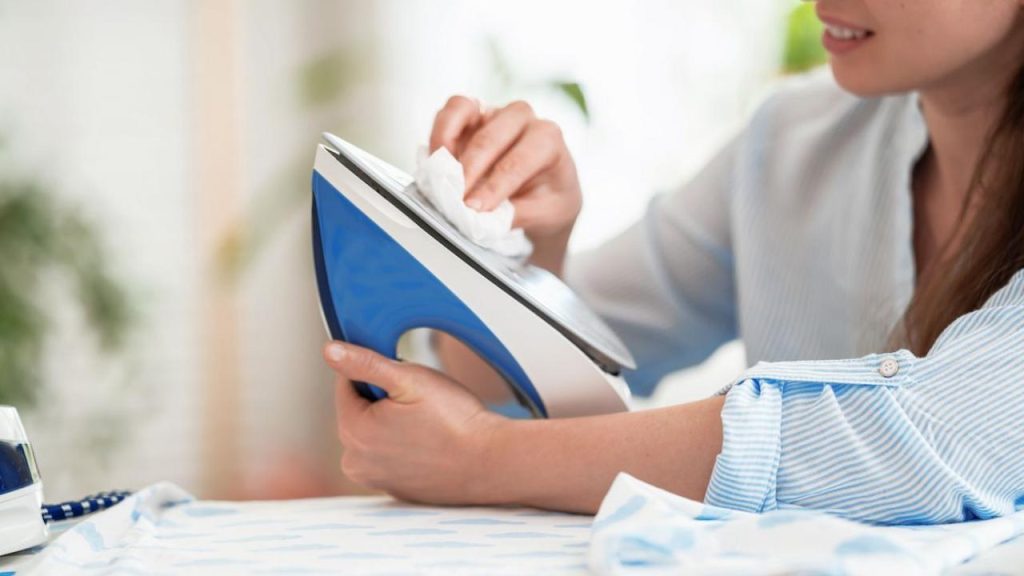
Hands
After working with greasy, grimy, or pungent ingredients like garlic and fish, toothpaste can eliminate stubborn odors from hands. The minty aroma will make your hands smell fresh again.
- Wet hands thoroughly and squirt a dollop of toothpaste into palms. Rub hands together for 30-60 seconds as you would wash with soap and water.
- Rinse clean and dry hands well. Be sure to wash nails and cuticles thoroughly where odors can linger.
- Opt for toothpaste with a strong minty scent for best odor elimination. The aroma helps override stubborn smells.
Hair Combs & Brushes
Product buildup and dirt can accumulate on your haircare tools. Occasionally deep clean them with toothpaste.
- Wet brush or comb and apply toothpaste to the bristles/teeth. Use an old toothbrush to scrub. This helps dislodge trapped gunk and residue.
- Rinse thoroughly until all toothpaste is gone. Any leftover toothpaste can be transferred back to hair.
- Allow it to fully dry before use. Bacteria love damp environments, so dry hair tools completely after cleaning.
- Focus on cleaning crevices and where brush/comb teeth meet the base. These areas harbor the most buildup.
Patio Furniture
Outdoor furniture is exposed to the elements, resulting in buildup of dirt, mildew, and grime. Use toothpaste to refresh patio furniture.
- Squirt toothpaste directly onto damp patio furniture like tables, chairs, cushions etc. Target stained or moldy areas.
- Gently scrub with a sponge or soft-bristled brush. Apply light pressure to avoid damaging delicate outdoor fabric.
- Rinse thoroughly with hose and allow it to dry before use. Lingering moisture encourages mold regrowth.
- Spot test toothpaste on a small inconspicuous area first. Certain materials like suede or unfinished wood may stain.
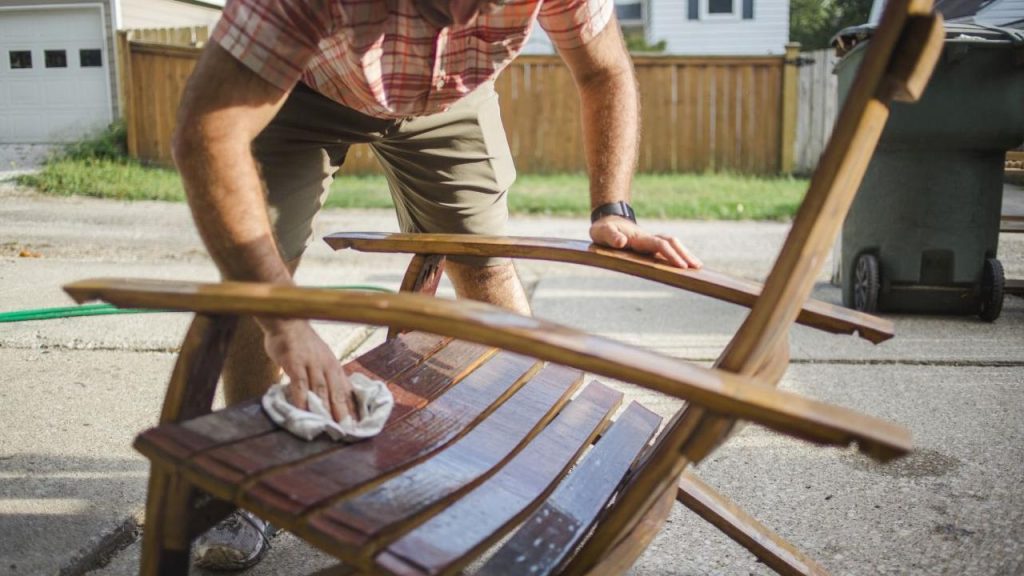
Golf Clubs
Has dirt built up in the grooves of your golf clubs, affecting your swing? Restore them with toothpaste.
- Apply toothpaste onto a soft-bristled toothbrush. Gently scrub it onto the club grooves.
- Use damp cloth to wipe clubs clean. Get into the grooves to remove all residue.
- Rinse with water and dry thoroughly before playing. Residual toothpaste can impact ball contact.
- Avoid using toothpaste on club faces as it may damage or scratch the surface over time with repeated use.
Makeup Brushes
Like hairbrushes, makeup brushes accumulate makeup, oils, and bacteria over time. Deep clean them with toothpaste.
- Swirl the brush bristles in toothpaste to work it in. Use your fingers to massage it further if needed.
- Rinse under warm water until it runs clear. Residual makeup can cause breakouts.
- Allow brushes to completely air dry before using again. Lay flat or brush ends down.
- Spot clean with toothpaste between regular deep cleaning. Quick touchups keep brushes fresher longer.
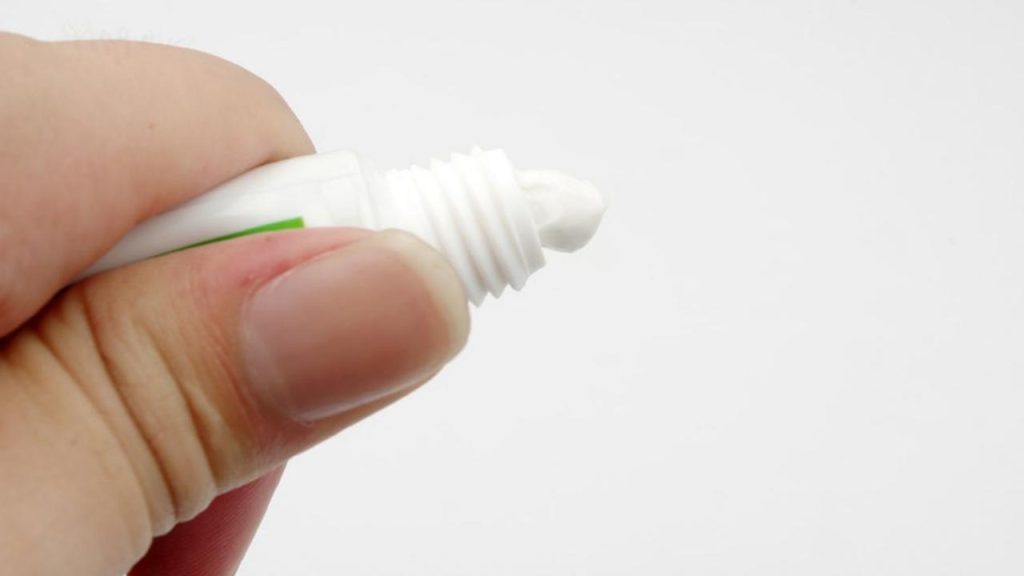
Rubber Seals
Toothpaste can be used to clean and refresh rubber gaskets and seals like those on food storage containers.
- Apply a thin layer of toothpaste onto the rubber seal. Focus on stained areas.
- Let sit for 2-3 minutes then gently scrub with a damp cloth or sponge.
- Rinse thoroughly and air dry. Avoid getting toothpaste on the plastic surfaces as it may scratch.
- Check container seals regularly and clean as needed to prevent stains and maintain an airtight fit.
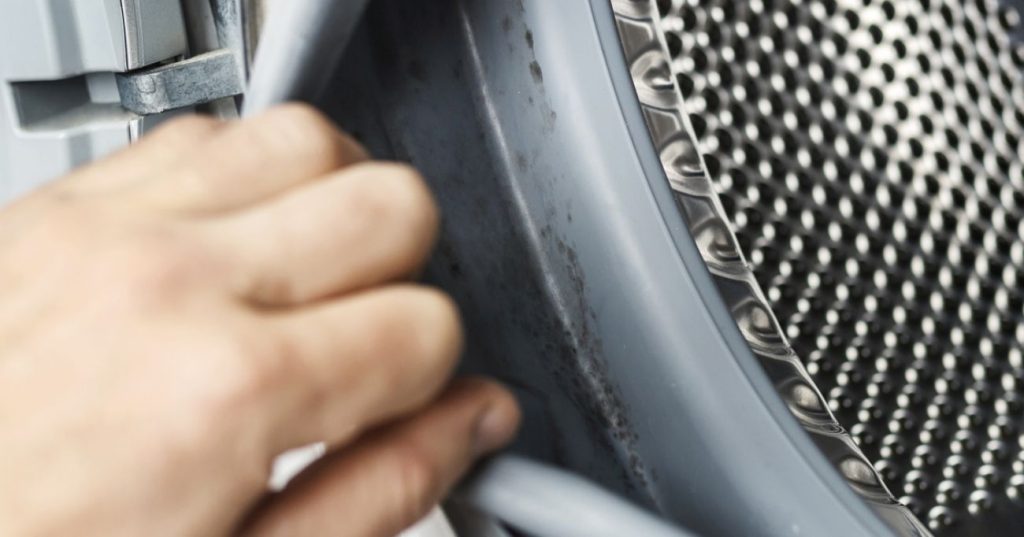
Tile Grout
Grout attracts dirt easily and can be difficult to clean. Use toothpaste as a chemical-free grout cleaner.
- Squeeze toothpaste directly onto grout lines. Apply a generous amount to fully coat the grout.
- Let sit for 5-10 minutes then scrub with a grout brush or old toothbrush.
- Rinse thoroughly with water. Repeat as needed for badly stained grout.
- Avoid getting toothpaste on surrounding tile, which can lead to scratched surfaces over time.
As you can see, toothpaste is handy for cleaning many items around the house and helps tackle tough stains, discoloration, and funky smells. Always spot test toothpaste on an inconspicuous area first when cleaning valuable surfaces. Avoid using gel toothpastes which can leave a sticky residue behind. With its abrasive formula and minty aroma, boring old toothpaste is clearly a versatile MVP cleaning product. Next time you see that crusty old tube sitting in your medicine cabinet, don’t be so quick to toss it! With these toothpaste cleaning tricks, you can go green while keeping things clean.

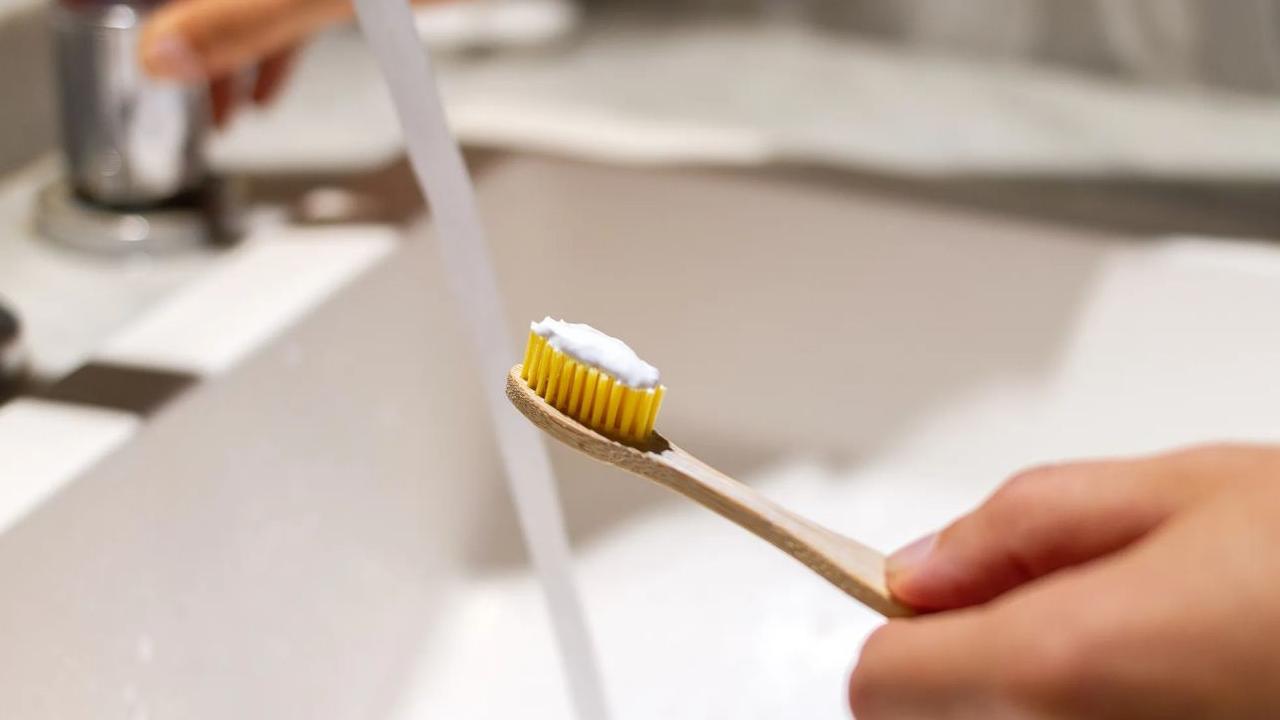
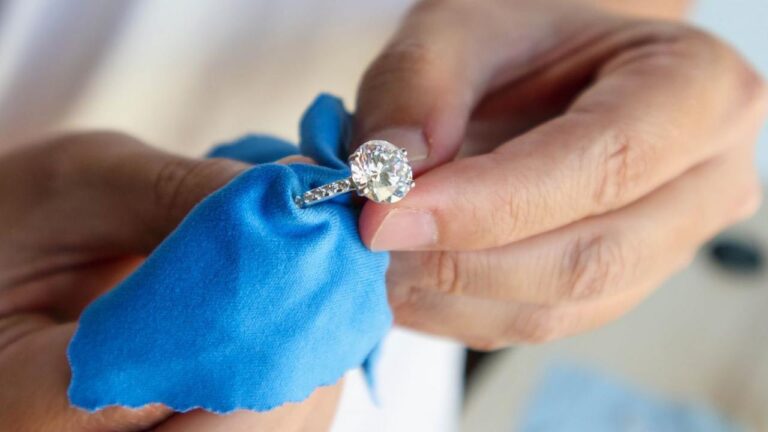
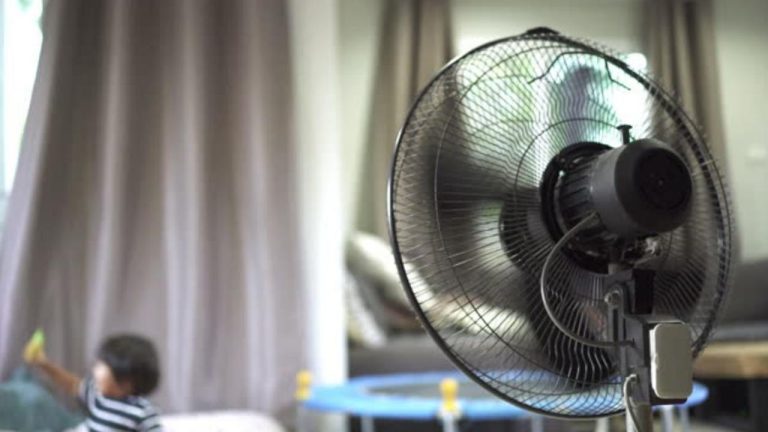
Leave a Comment